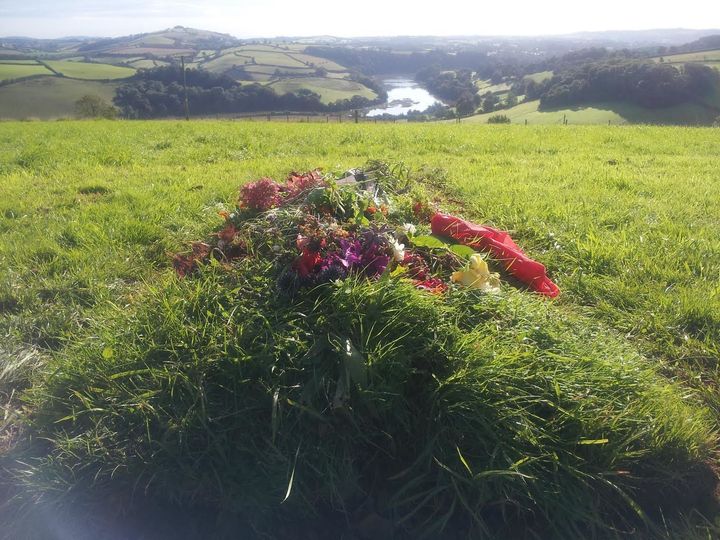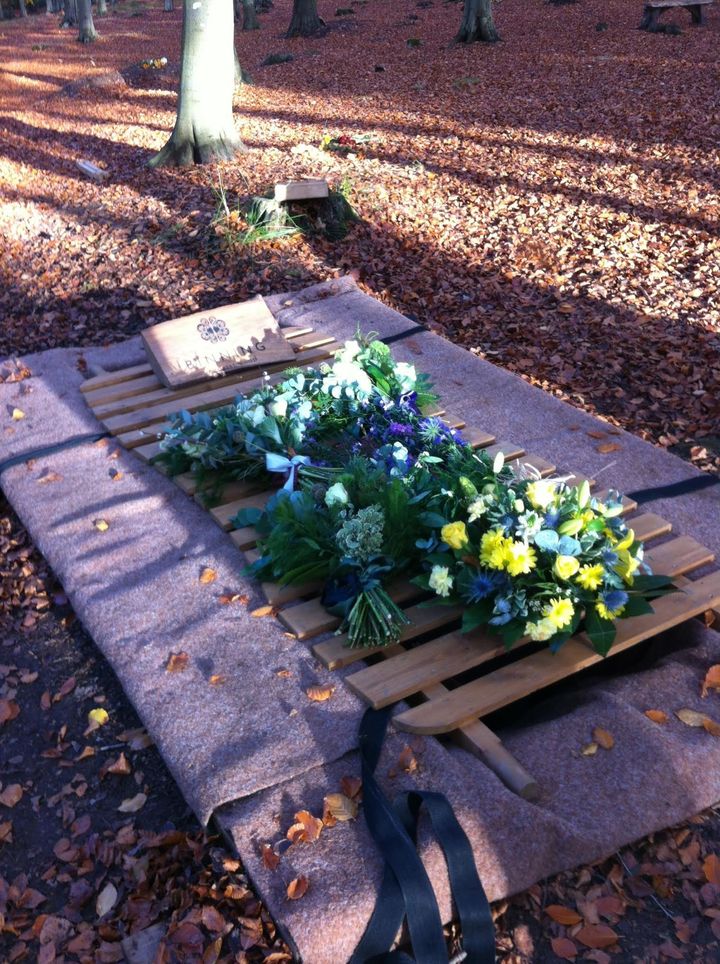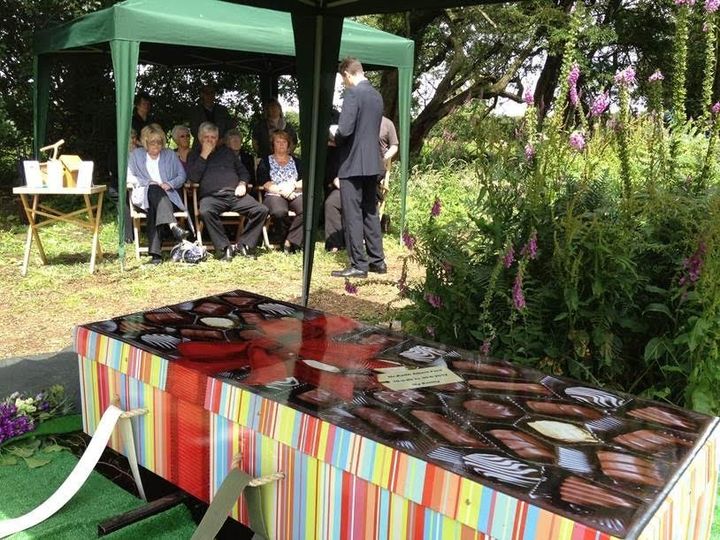It’s never going to be the hot topic at a dinner table, but death is inevitable and so too is preparing for it.
According to Ecology Global Network, the world population is now over seven billion with an estimated 150,000 deaths globally per day (55.3 million per annum) – that’s a lot of decomposing. Living a greener lifestyle now, also means opting for an eco burial later: No headstones. No embalming fluid. No waste.

There are now over 270 natural burial sites across the UK. With the first one having been built in 1993, it’s an option that’s becoming increasingly more popular for the deceased. But what exactly is an eco burial?
The process of preparing a body for burial, from materials used to grounds occupied, means everything is more environmentally friendly. The first thing to decide is whether you’d like to be buried or cremated. It’s now possible to be cremated in a cardboard coffin (this uses less energy). Green Endings also offers a range of urns made from more sustainable materials such as reed, glass and ceramic.
To the untrained eye eco burial sites look like typical rolling British countryside. They blend in so well with nature that once fully occupied they can be handed over to wildlife trusts. “They are positive, beautiful places to visit, something good from something sad. They are protecting that area from any other kind of development, and if run properly they will improve the habitat and subsequent wildlife value,” explains Rosie Inman-Cook, Manager of The Natural Death Centre Charity.

It is largely unregulated but sites that belong to the Association of Natural Burial Grounds are cleared by a code of conduct. “It goes without saying that prohibiting toxic preservatives and only allowing naturally produced coffins, has got to be sensible. Imported stone memorials and hot-housed flowers should also be discouraged.”
Conventional funerals can take their toll on the environment. The materials used are key: Sustainable bamboo, willow and wicker are much greener than traditional heavier woods for coffins – or the biodegradable earthsleeper and ecopod.
“We struggled for many years against the misconception that natural burials were only for pagans, tree huggers - exclusively using cardboard coffins,” explains Inman-Cook. But going against the grain of tradition, a greener send-off is still met with myths and misconception, but it’s improving. “This is not so widespread now as natural burials have been around for 25 years in the UK and more people have attended a ‘normal person’s’ burial at one site or other; I suppose you could say that it is becoming more mainstream. It is still thought of as non religious - however, most of our members report a Christian element at 60 percent or so of their interments.”
But it’s not just about materials and the site you’ve chosen. It’s offering more freedom to your bereaving loved ones. They can pick the format of the service too.

“The families have more control and can dismiss the undertaker if they want - once they have reached the burial ground,’ says Inman-Cook. “This gives them time. I think there is every chance that the bereaved have a better psychological outcome from this choice of send off.”
It’s an all round greener cycle: decay, new growth and a better future.